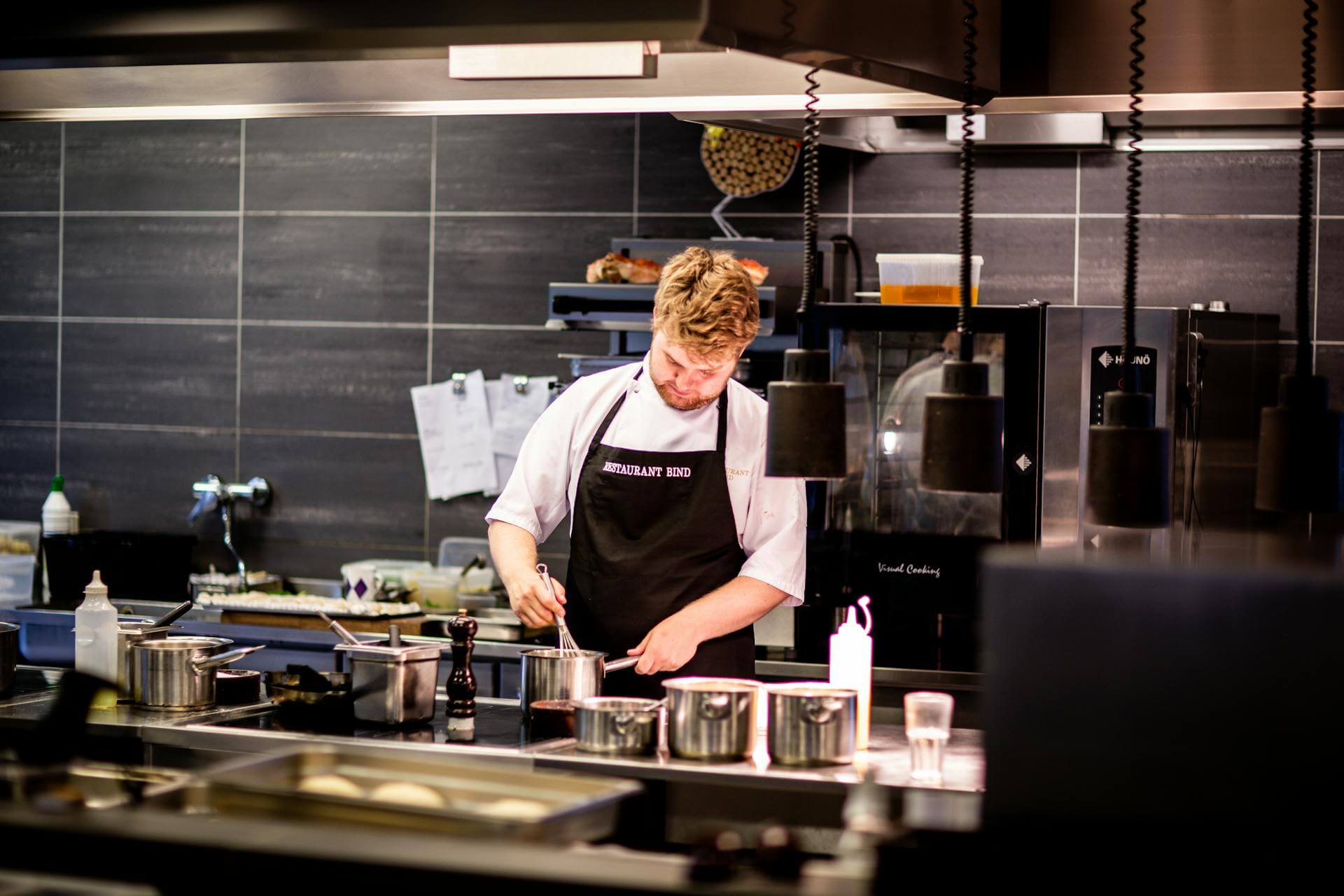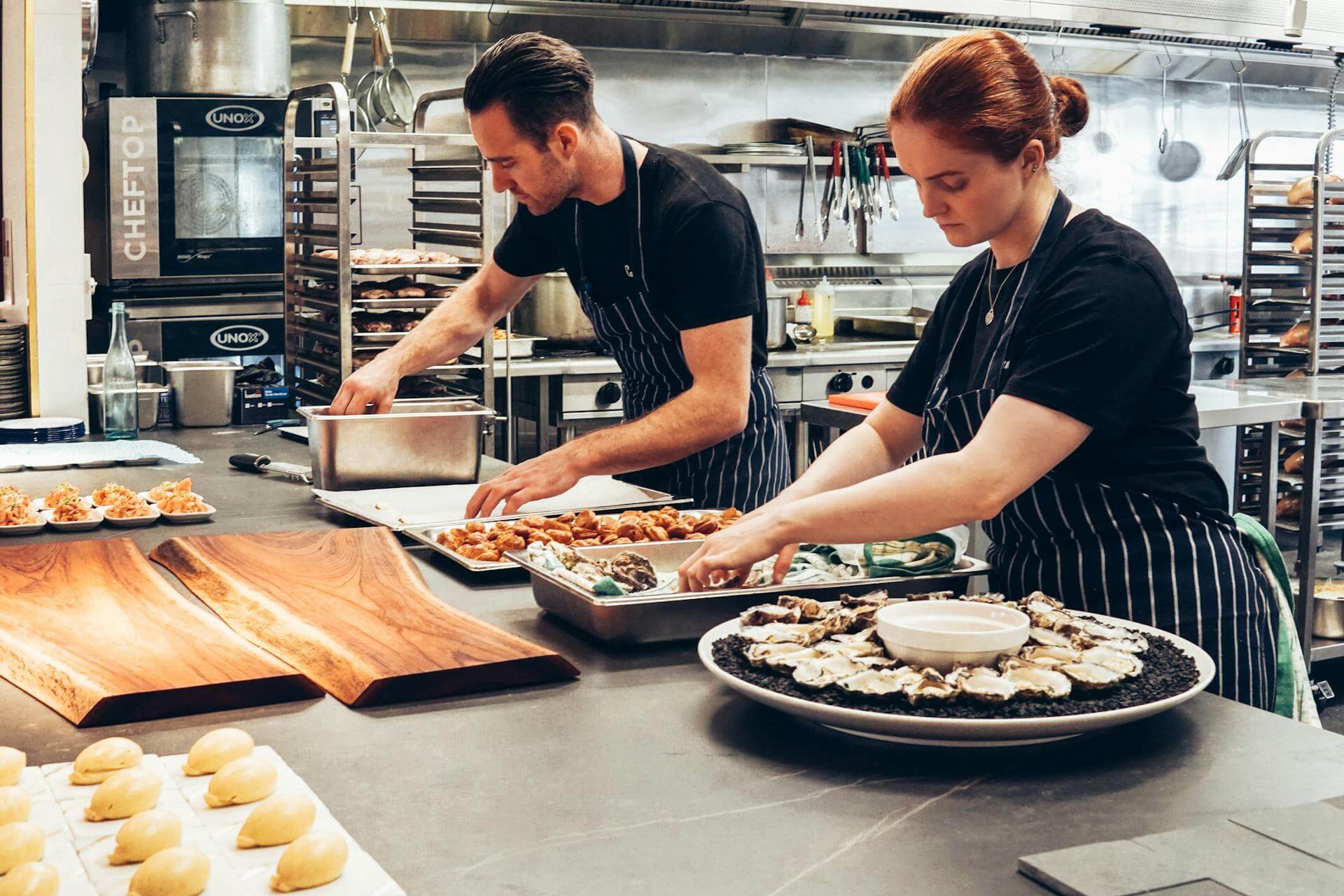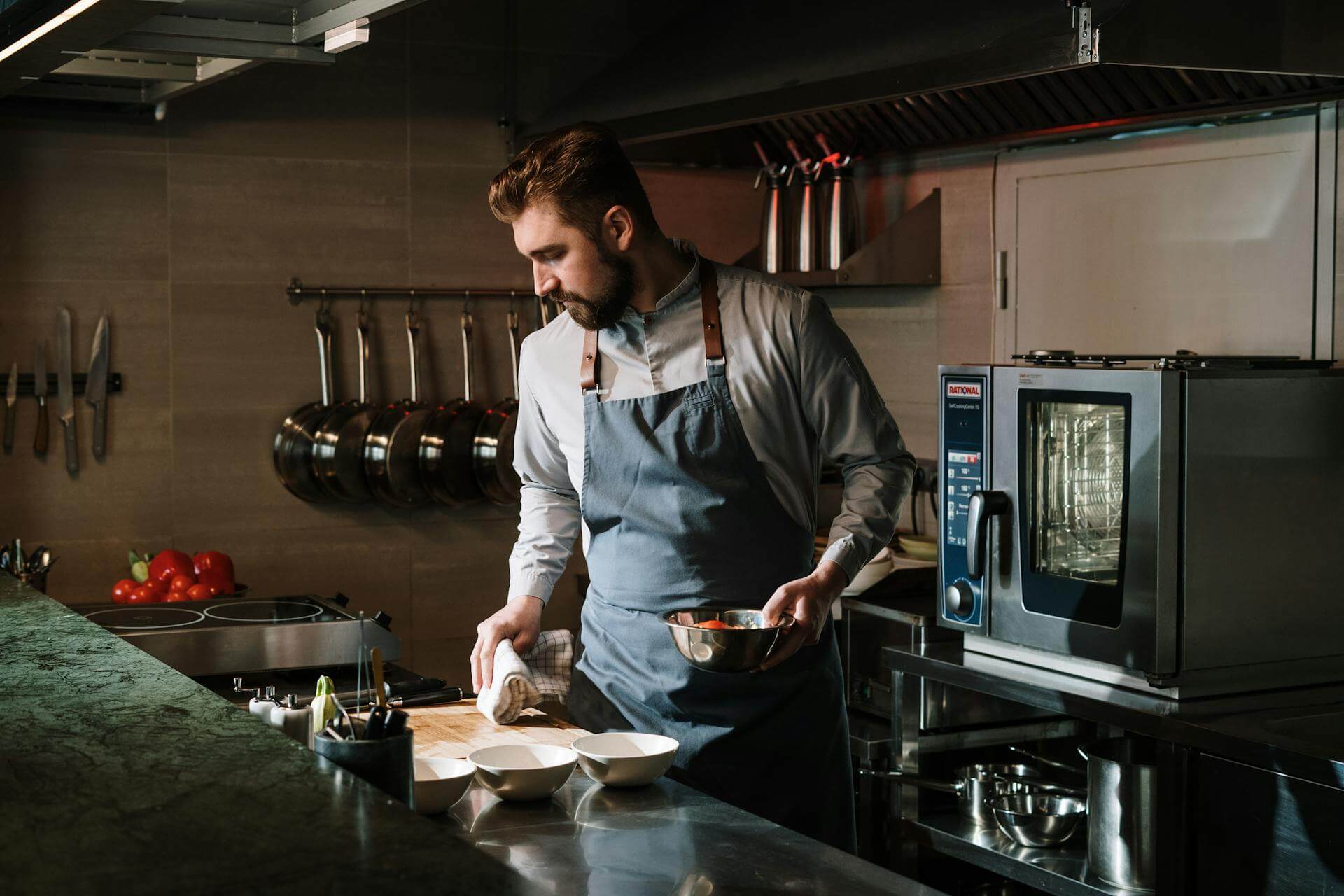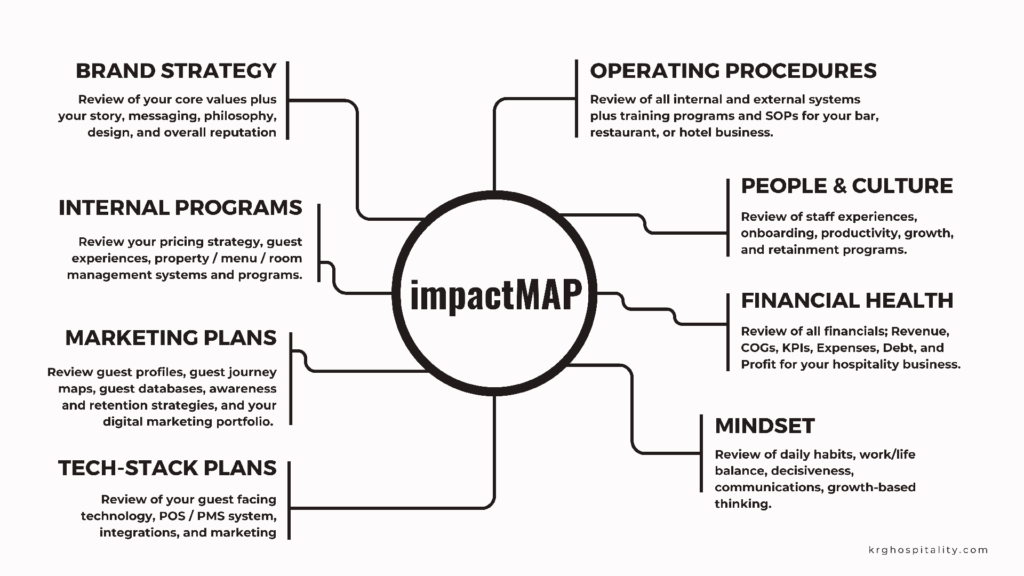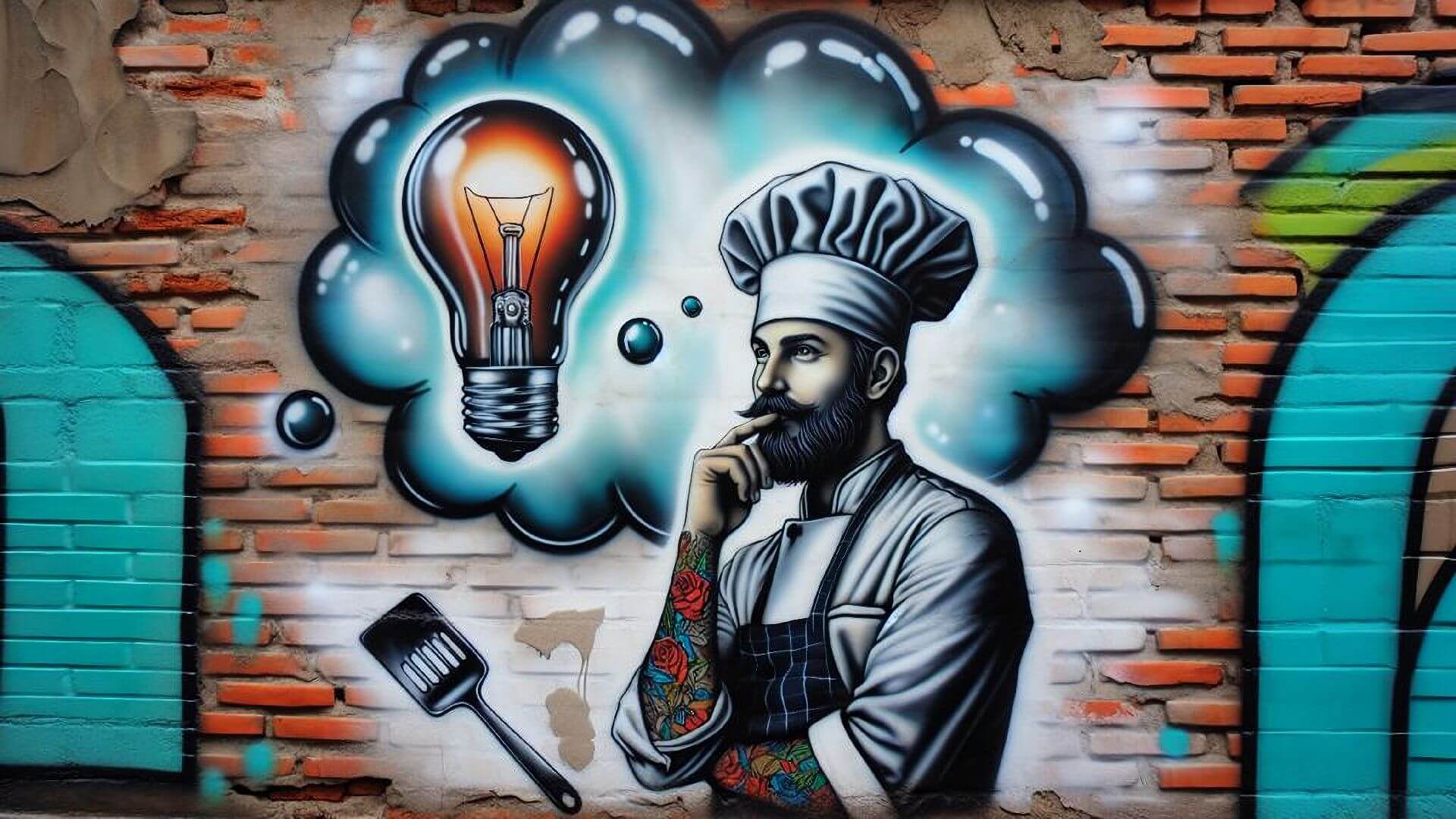Feedback: Friend or Foe?

Feedback can be used as a powerful tool for personal and professional growth, so why is it that the majority of people purposefully avoid it?
The short answer is that we don’t like to be told that we aren’t doing a good job. Even if the feedback is all positive, there is that slight chance that there might be some negative feedback. Therefore, it’s avoided all together.
There needs to be a mind shift towards feedback. Instead of thinking of it as a criticism of you personally, think of it as constructive advice for how to become a better version of you. Once you accept that, you can use that feedback to build a better version of your business.
Feedback is subjective to the person who is giving it. It is dependent upon that person’s experiences, values, and beliefs, which is why it can not be taken at face value. Feedback needs to be heard without judgment, and then examined for validity.
Assessments and feedback are tools that, when used properly, can give you an edge over your competition.
These tools provide clarity, and allow you to see potential areas for growth that you may not have been able to notice otherwise. When the feedback is positive, it highlights strengths for you to celebrate. When it is negative, it shines light on areas that need to be examined and possibly improved upon.
Who wouldn’t want that opportunity? So, instead of hiding or running away from feedback, what should you be doing?
Seek it Out
Make it a goal to actively seek feedback from others. Shifting your mindset and perception of feedback—positive or negative—to accept that it will help improve your business is powerful. If you are the one seeking feedback, then there is no room to fear it.
Who should you be asking for feedback from? Everyone!
Let’s start with your team. Your business is only as strong as your team. Your success relies heavily upon their performance.
You are most likely already providing constructive feedback to your team and celebrating their successes. (If this is not the case, you need to make this change.)
Are you asking for their feedback though?
Knowing how your team feels about working in your establishment is critical for creating a positive culture, lowering turnover, and building a reputation that makes people clamor to work for you. Create anonymous surveys or bring in a third party to conduct stay interviews to obtain the most valid and truthful feedback from your team. Many may be too fearful to share their honest opinion face to face with an owner or a member of a leadership team.
Next up, you need feedback from your guests.
Most operators already have a system in place for hearing customer feedback, whether it be Google reviews, Facebook reviews, or another platform. The question is…what are you doing with those reviews? Are they being read and considered, and replied to with a thoughtful response?
All three of those actions need to happen to take full advantage of the feedback guests provide. A guest who feels heard and valued is a guest who will respect your business.
Lastly, what feedback do your colleagues have for you? What are your competitors saying about you? Do vendors have a positive experience interacting with you?
The more you know about how others view your business, the more power you have to make informed, effective changes.
Analyze It
Once you have received feedback it’s time to approach it from a curious and analytical mindset. Remove emotional response (or accept your emotional response and put it aside) so that you can benefit from whatever the feedback may be.
Yes, if the feedback is negative you may have an initial negative response. You may feel defensive, angry, anxious, or frustrated. Accept that these are natural responses and then move on.
You will not be able to clearly analyze the feedback if you are stuck in a negative mindset.
A successful operator uses strategic thinking as their main tool to gain clarity. Get curious and start asking questions.
Is the feedback relevant? Is there truth in it? What experience led to it? How was that opinion formed?
Some feedback will require action to be taken on your end, others will not. It’s up to you to analyze and decide.
Implement It
After requesting and analyzing feedback, it’s time to implement it!
Purposeful action defeats fear every time. Take what you have discovered through the feedback that you sought out, and put it into action.
Create S.M.A.R.T. goals and an action plan for you and your team. Or, if the action is larger in scale, host a team meeting, and work together to create the goals and plan. Creating goals as a team allows for everyone to take ownership of the process and the results.
Don’t forget that it’s not only negative feedback that may need to be addressed with action, but positive feedback as well.
How are you going to share positive feedback with your team, and how will you celebrate it? Success is not only built upon implementing change where needed but also in the act of practicing gratitude when needed. Make sure you are doing both.
So, it’s time to stop hiding from feedback; it is your friend.
Seek it, analyze it, and then implement it. Not all feedback requires action on your end, but sometimes you will receive valuable feedback that may create a change in your business that could propel you to another level of success. Be ready for it.
Cheers to personal and professional growth!
Image: Dylan Gillis on Unsplash


